Guide To Eating Fish: Choosing Healthy and Sustainable Options
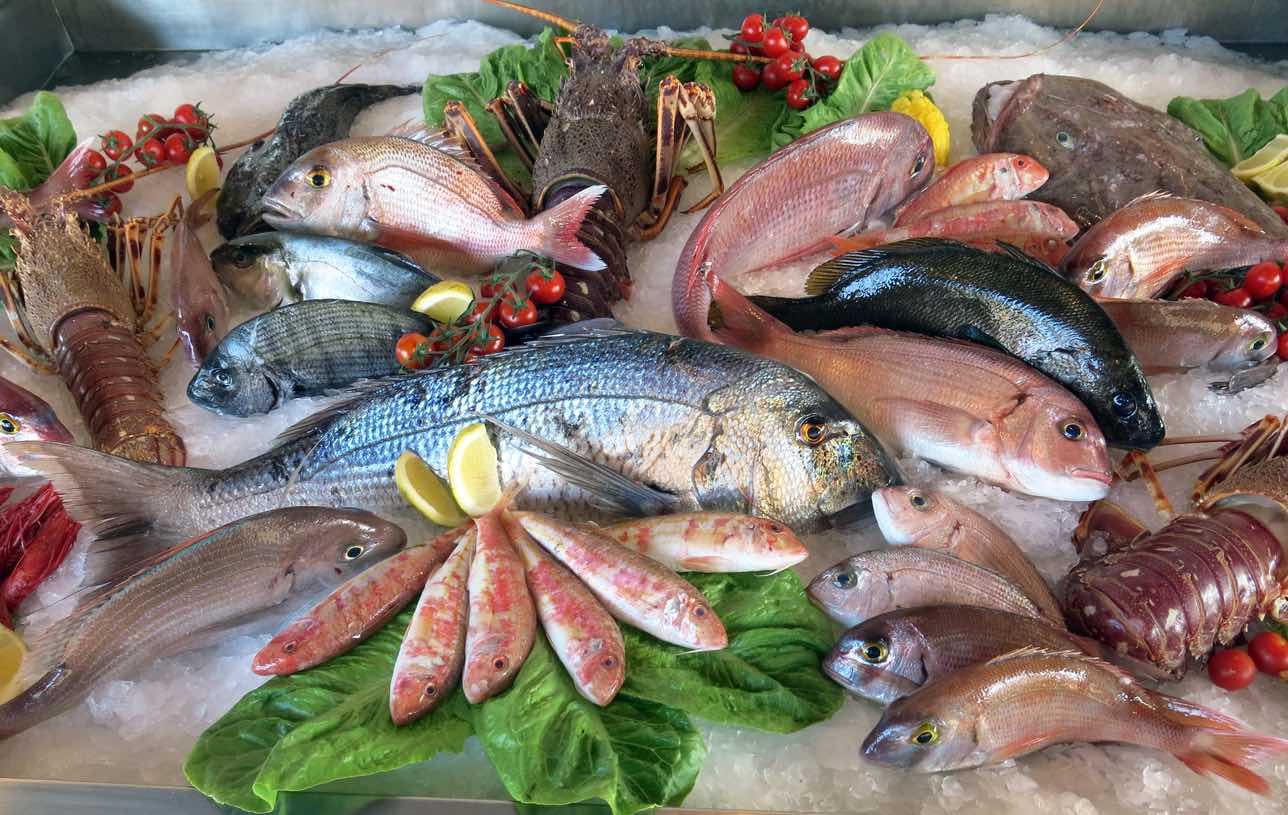
When considering the health and environmental factors of eating fish, including wild vs. farmed, mercury levels, and toxic contaminants, I’m very mindful of the fish I recommend and what I choose to feed my family. Though I’ve been in the nutrition field for over a decade, I’m not a marine biologist and I’m not overly familiar with the inner workings of the seafood industry. We do eat fish as a family. We eat it about once per week, and are extremely mindful about what we choose, considering both the health and sustainability of it. It’s not a decision we take lightly and with all of the mindfulness we bring to our food choices, how to choose what fish to eat remains the most complicated question to answer.
Since I get a lot of questions about seafood (it seems everyone is confused about it), let’s talk about how to choose fish in a simple, straightforward way – and hopefully you can feel more confident and empowered to make safe and nutritious seafood choices.
Environmental Factors To COnsider When Choosing What Fish To Eat
Our fish eating habits have a huge impact on our oceans. Since 1961, our fish consumption has outpaced population growth – it’s risen from about 9.1 kg in 1961 to 20.2 kg in 2015. Fish stocks have been overexploited and depleted, with a 50% global reduction in populations since 1970. Take a pause here for a moment, as that number is massive. This decline is due to a number of factors:
- Overfishing: Simply fishing too much.
- Bycatch: This is when fisherman use large nets to catch specific species, but end up with several other types of marine animals. These animals are often tossed back into the ocean, but usually don’t survive.
- Habitat Destruction: Fishing and boating practices that destroy the natural habitat of marine animals.
- Climate Change: The warming of the oceans has led to the decline of fish stocks.
- Consumer Demand: Our eating habits and fish consumption.
- Global Pollution: We don’t live in a closed system – everything we put down the drain eventually makes it way to some body of water, including personal care products, cleaning products, cosmetics, and even clothing.
Is Sustainable Seafood Always Healthy?
The major challenge of how to choose fish is finding options that are both sustainable and nutritious. Most fish are a wonderful source of protein, omega-3 fatty acids, Vitamin D and B12, but depending on the source they may also be pumped full of antibiotics or have ocean contaminants (see more below). Many seafood recommendations account for how the fish was caught or farmed, but doesn’t always account for other elements like the bioaccumulation of heavy metals, pollution, hormones, antibiotics or plastics, and how this might in turn affect our health.
For example a sustainable fish may contain microplastics, which can trigger an inflammatory response and impact the gut microbiome. Or heavy metals, that can have a wide range of toxic health effects. And it’s hard for us to know whether we are eating these things, as there isn’t – to my knowledge – a list of fish species that tells us which are highest in each pollutant or contaminant. There are some specific ones, like for mercury, but not an exhaustive list.
Fish can be classified as sustainable or carry the “Ocean Wise’ seal of optimal from a sustainability stand-point, but this doesn’t mean that the fish is one we should be choosing for health benefit.
considerations when choosing fish
There are a lot of moving parts in the seafood industry and the fish counter can be daunting! These are a few things to consider when you are thinking about which fish to choose.
Wild Fish vs. Farmed Fish
Wild salmon are fished from their natural environment (oceans, lakes, rivers, streams, etc.) and farmed salmon are bred in pens, often in close proximity to one another and fed a very specific diet (usually pellets intended to mimic the macronutrient values in their natural diet). Longstanding nutrition wisdom asserts that wild salmon is better than farmed. In a lot – if not most – cases, this is true. Sustainability aside, there are significant nutrition differences between wild and farmed salmon.
Wild salmon is higher in minerals and has a better ratio of omega 3: omega 6 fatty acids. Farmed salmon, while slightly higher in omega 3s, contains far more omega 6 fats (which can induce inflammation when consumed in excess) and has a lower amount of DHA than wild salmon. DHA is a specific omega 3 that is important for vision and brain health. Farmed salmon tends to have more contaminants (more on that below), and while fish farms are beginning to be more mindful of antibiotic use this is still an issue contributing to antibiotic resistance and impacting both animal and human health.
That being said, not all wild salmon is going to be pure and clean. As I mentioned, the world’s oceans aren’t a closed system and wild fish can easily pick up many contaminants in their natural environment. There are also studies that have found high levels of contaminants in wild fish, too. Wild fish isn’t a bottomless resource, either. Aquaculture is changing and there are instances where farmed fish may be a sustainable and healthful choice.
In our home, for all of the reasons outlined above, we always choose wild salmon over organic farmed, but limit the frequency to once every week or two.
The Bottom Line: Choose wild fish when you can, but look into the farmed options available to you and if they are sustainably certified.
Mercury Levels
Mercury is an enormous issue in fish and seafood, and it’s one you’ve likely heard about before. Mercury is a neurotoxin and primarily impacts the brain and development, though research also points to effects on the immune and cardiovascular system. Pregnant women and children are particularly vulnerable to mercury’s effects.
Mercury Levels in Fish: Summary
Please note that the below is ranking fish only on mercury levels, not sustainability or found levels of microplastics and other toxins.
Fish with the Highest Levels of Mercury
- King Mackerel
- Swordfish
- Tilefish
- Shark
Fish and Seafood with Mid-Range Mercury Levels
- Tuna (all varieties except skipjack)
- Orange Roughy
- Marlin
- Grouper
- Spanish Mackerel
- Chilean Seabass
- Bluefish
- Lobster
- Weakfish (sea trout)
- Halibut
- Sablefish
- Striped Bass or Rockfish
Fish and Seafood with Low Mercury Levels
- Snapper
- Monkfish
- Carp
- Freshwater Perch
- Skate
- Canned Light Tuna (skipjack)
- Spiny Lobster
- Jacksmelt
- Boston or Chub Mackerel
- Croaker
- Trout
- Squid
- Whitefish
- American Shad
- Crab
- Scallop
Fish and Seafood with Very Low Mercury Levels
- Catfish
- Mullet
- Flounder, Fluke, Plaice, Sand Dabs
- Herring
- Anchovies
- Pollock
- Crayfish
- Haddock
- Sardine
- Hake
- Salmon
- Oyster
- Tilapia
The Bottom Line: Avoid fish with high levels of mercury, especially tuna.
Other Contaminants in Fish
Mercury isn’t the only contaminant you’ll find in fish species. Others include:
- Polychlorinated biphenyls (PCBs), probable carcinogens that impact the brain, reproductive system, and immunity
- Dioxins, another group of carcinogens that affect reproduction, development and the immune system.
- Microplastics, small bits of plastic that affect the oceans and our health (get the full lowdown on microplastics here)
- Pesticides
Most of our exposure to contaminants like PCBs and dioxins are through food, including fish and seafood. There isn’t a high-dioxin list like there is for mercury, but you may be able to find local studies of the fish in your area that monitor levels, like this one of the Canadian Great Lakes.
There are ways you can reduce the contaminants in fish through preparation and cooking, including removing the skin and letting the fat drip away. More tips on how to prep fish to reduce contamination here. Also, the larger and older the fish, the more contaminants it’s likely to have so opt for younger, smaller fish.
The Bottom Line: If you eat fish and shellfish, it’s hard to avoid contaminants entirely but take care to prep your fish to reduce them, and aim to vary the fish you eat so you’re not having the same one all the time.
Is Fish EVEN A Safe Choice At all?
Yes, in my opinion. Studies on fish consumption conclude that the benefits of eating fish outweigh the potential risks of contaminants, and there are ways to limit or reduce consumption if you are vulnerable (for example, if you are a pregnant or nursing mother). As I said, in my house, fish is part of our diet, but we have fish only once a week or a few times a month. We can also mitigate the health effects through other means, such as detoxification protocols or an overall vitamin and mineral rich diet.
We do, however, need to be mindful of the types of fish we are consuming as well as the quantity. North Americans tend to consume excessive amounts of animal products, whether we’re talking about fish, seafood, meat and poultry, dairy or eggs. I’ve long advocated that animal products should be treated as the condiment and the plant-based foods should be the main attraction.
You don’t need to eat a large amount of fish to reap the health benefits.
The Bottom Line: Sustainable fish can be part of a healthy diet when consumed in smaller amounts.
What About Fukushima?
The Fukushima nuclear accident in 2011 in Japan sparked many concerns about radiation in Pacific seafood. Researchers measuring radioactive isotopes in seafood conclude the levels of radiation in fish have steadily decreased to the point that by five years later, fish from the Pacific have no detected levels.
If there is any radiation to be found in seafood, it’s comparable to or less than what you’d receive during certain medical treatments, flying on an airplane, or eating certain foods.
This is not to say Fukushima didn’t have an enormous impact on human and marine lives – and fisherman are still concerned that Fukushima’s owners will dump radioactive water they are storing back into the ocean. And some countries, like Seoul, have banned any fish from Japan.
It’s your choice to decide whether you’d like to eat fish from the Pacific ocean.
My Personal Fish Recommendations
The Types of Fish I Eat
- Wild salmon (typically aim for Wild Alaskan)
- Local Lake Trout
- Snapper
- Anchovies
- Atlantic Cod
- Sardines
- Haddock
- Oysters as an occasional treat because I love them and they’re high in zinc. I wish I could get them without the microplastic though.
The Types of Fish and Seafood I Avoid
- Tuna (due to mercury and overfishing)
- Tilapia (it’s often from fish farms in China)
- Shrimp and other bottom-feeding shellfish (as bottom-feeders they pick up all of the pollutants and contaminants around)
- Shark
Canned Fish Options
Canned fish is a good choice to have on hand – this is the brand of canned fish I use. I opt for:
- wild canned fish
- packed in water
- with the skin and the bones (the bones are crumbly and provide extra calcium)
Sustainable Seafood Certifications
These are some helpful labels to look out for when thinking about how to choose fish.
- Marine Stewardship Council
- Aquaculture Stewardship Council (farmed)
- Certifications can vary by fish and seafood species as well – check out the Monterey Bay Aquarium’s list of seafood certifications
- Ocean Wise
Recommendation Resources To Find The Best Fish
- Ocean Wise: If you’re looking for seafood recommendations, both Monterey Bay’s Seafood Watch and The Vancouver Aquarium’s Ocean Wise seafood program have up to date, location-based information about sustainable fish species.
- Farmers’ Market: If you live in an area with local lakes and rivers, or are close to the ocean, check out your local farmers’ market for sustainable seafood options too.
In Summary: How to Choose Fish
Here’s how I keep it simple.
- Opt for smaller, younger fish for less bioaccumulation of toxins
- Look for local seafood options
- Choose wild if possible
- Use seafood guides for local recommendations and look for certifications on seafood labels
- Ask questions at your seafood counter
- Eat fish less often if you are unsure of the source/quality
- Eat smaller portions of fish
Like many food choices these days, fish can be fraught with confusion yet I encourage you to take small steps to find good options in your area. The choices may not always be ideal or perfect, but do the best you can and remember even small changes and improvements matter.
Fish Recipes to Try
Free Resource Library
Enjoy more than 40 downloadable guides, recipes, and resources.















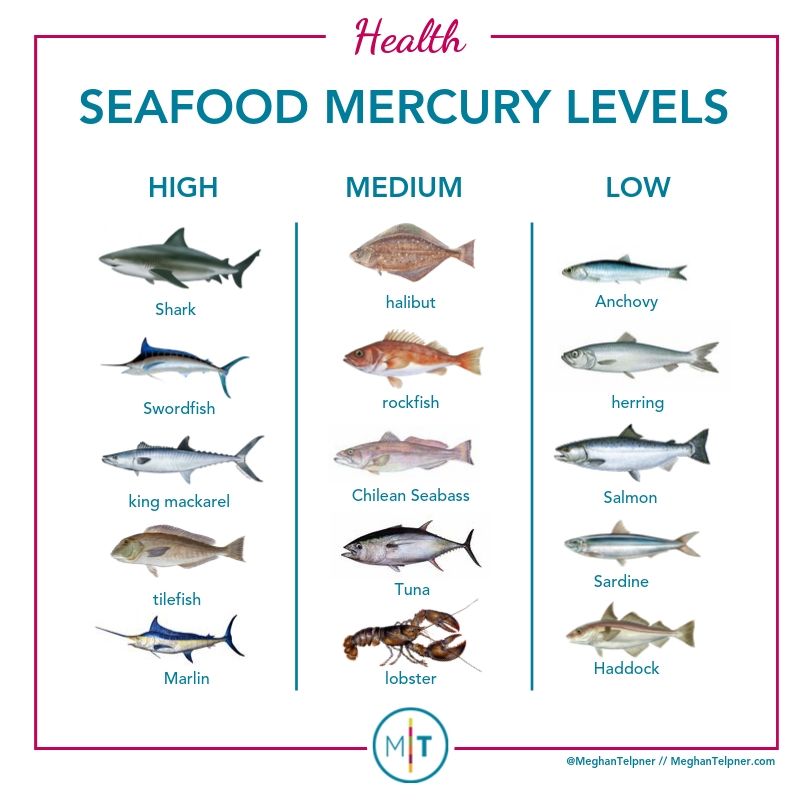

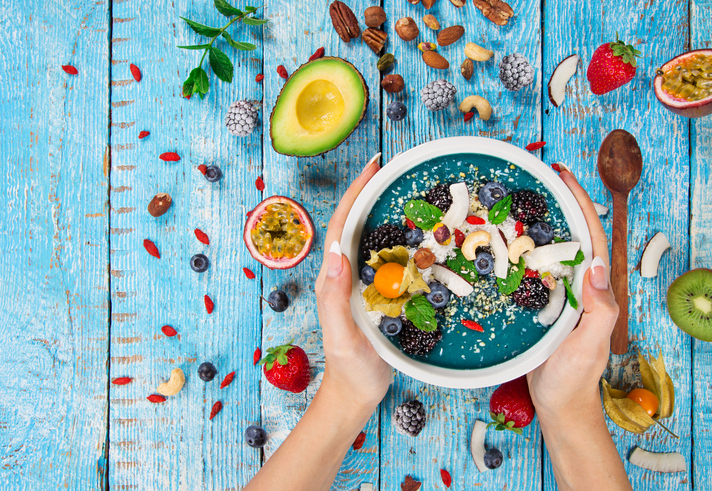

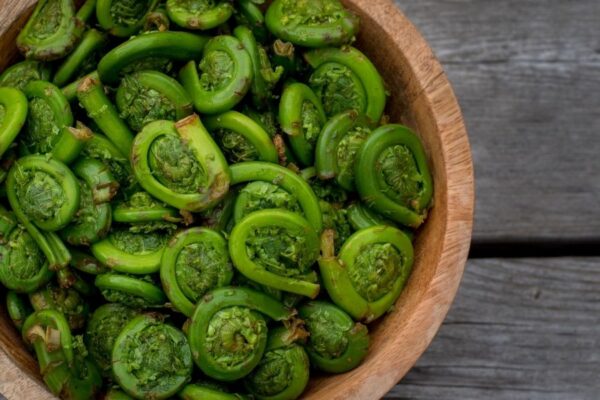


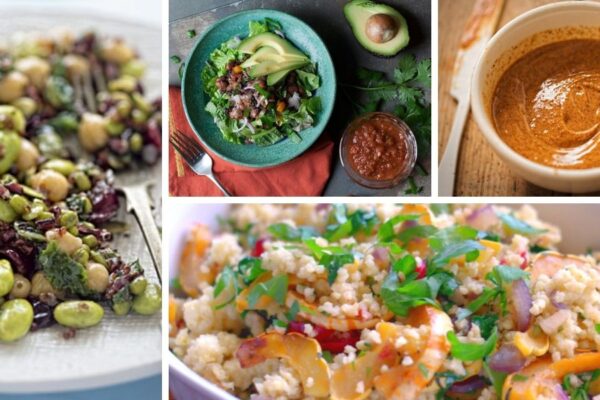

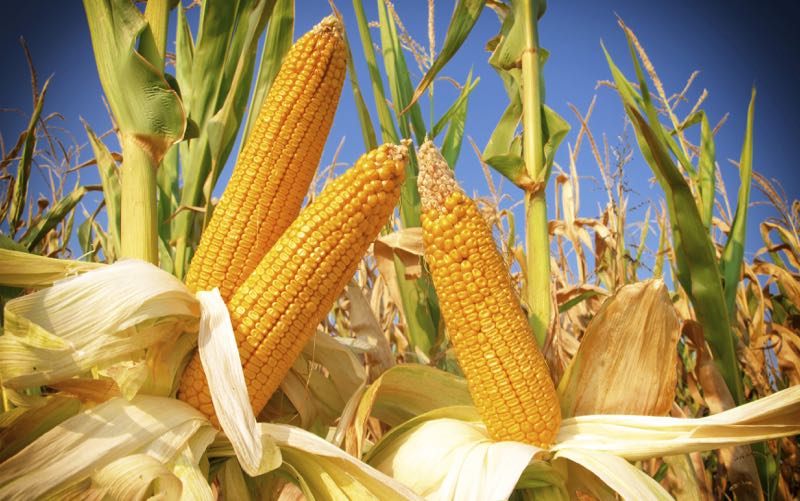
Thanks for this comprehensive guide to fish, it really cuts through the clutter of information that you find on the internet. As always you throughly tackle the issue and back up your recommendations with good research.
Fantastic article! Sometimes, one feels a bit overwhelmed trying to pick the best seafood options. Thank you for writing this in an easy concise format. Wishing you a super day!
Can you confirm: Atlantic salmon is exclusively farmed and cannot be found wild as it is an endangered species? Also are there salmon farms that are better and what does organic farmed salmon mean?
Pacific salmon can be found wild but challenging to get from a local grocery store or Costco in Ontario.